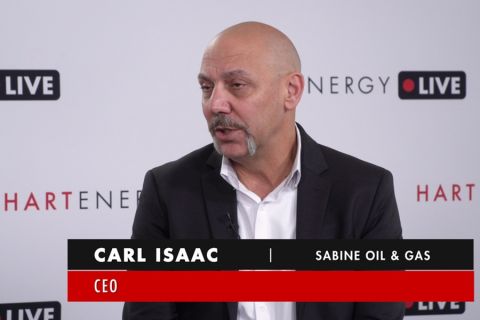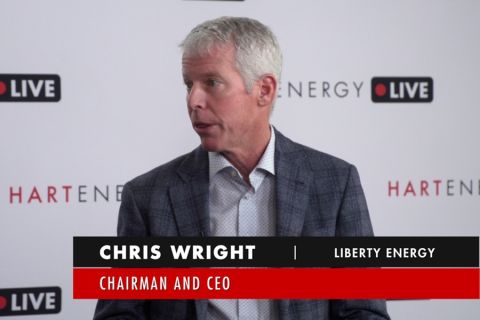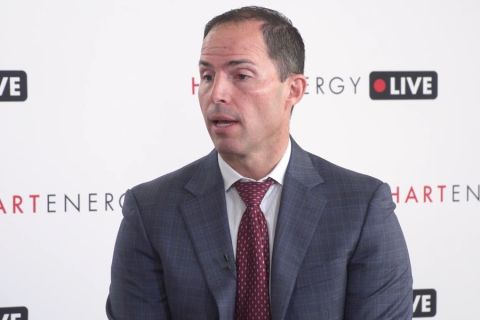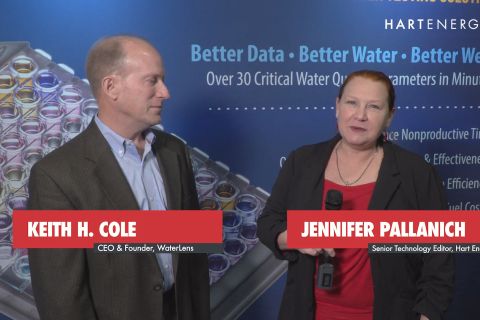By Hank Glansbeek, Resource and E&A Manager-Subsea, Expro Subsea safety systems are critical in delivering safe, compliant, and efficient operations in all subsea applications. Today’s subsea operations require superior functionality, performance, and reliability because companies are exploring in increasingly deep water, and must be able to handle higher pressures and temperatures. With this in mind, certain subsea tools have been developed using an integrated design and qualification process, which ensures that equipment meets the highest performance criteria. A subsea safety system’s main objective is to be able to allow hydrocarbons to flow in a safe manner. This enables the oil companies to obtain valuable information for field development and complete or intervene in wells prior to production. In emergency situations, a subsea safety system needs to quickly and safely stop the flow of hydrocarbons and disconnect at the seabed, allowing the rig to move to a safe location. While the reward can be extraordinary, increased drilling activity in deeper waters can be challenging because of increased safety requirements. Recent offshore incidents, in the Gulf of Mexico and Brazil, spotlighted the need for more stringent offshore safety requirements. Organizations such as the American Petroleum Institute (API) and the International Organization of Standardization (ISO) are establishing standards for the design and qualification of subsea safety products, providing third-party credibility. Although there is not a “one-size-fits-all” industry standard, individual companies set their own requirements and decide what standards safety systems must comply with. Going through ISO or API provides credibility and shows clients that subsea safety equipment is qualified and meets high standards. Variation of standards and challenges are the result of well conditions and areas of deployment. Rigs in the Gulf of Mexico must deal with hurricanes, which can shut down operations and cause operators to move the rig off location. Volatile weather in the North Sea makes drilling and completion operations particularly hazardous as result of movements of the rig. Every project’s needs are different. Operators are not only looking for systems that respond quickly and safely to emergency situations, but also require equipment that offers commercial benefits that result in rig time savings or improved production. Smaller service companies tend to have more room for flexibility, providing operators with the advantage of custom tailoring the tools based on their own needs. With the continuous development of downhole completions and subsea infrastructure to accommodate deepwater production, developing a range of subsea safety tools for well operations is important to cater to the evolving market needs. These tools provide well control functions and disconnect capabilities during well installation, workover, intervention and well test operations. The landing string assembly is a critical component in the protection and safety of personnel, the well and the rig, and provides the capability for safe, low-cost well re-entry for future well intervention and workover. Subsea safety companies place great emphasis on safety performance. The companies want to deliver high standards in the industry and are looking for ways to develop tools that can continuously improve the safety of the operations and enhance the commercial viability of subsea developments. Hank Glansbeek is the resource and E&A manager-subsea for Expro. He holds a BSC degree in mining and petroleum engineering from Delft University of Technology. Glansbeek has worked with Expro since 1993 in the UK, Gulf of Mexico, and Brazil. He has held several senior operational and technical roles within Expro, and has significant subsea experience. For more information on Expro, visit www.exprogroup.com. Contact the author at hank.glansbeek@exprogroup.com.
Recommended Reading
Exclusive: Tenaris’ Zanotti: Pipes are a ‘Matter of National Security’
2024-04-12 - COVID-19 showed the world that long supply chains are not reliable, and that if oil is a matter of U.S. national security, then in turn, so is pipe, said Luca Zanotti, U.S. president for steel pipe manufacturer Tenaris at CERAWeek by S&P Global.
Exclusive: Sabine CEO says 'Anything's Possible' on Haynesville M&A
2024-04-09 - Sabine Oil & Gas CEO Carl Isaac said it will be interesting to see what transpires with Chevron’s 72,000-net-acre Haynesville property that the company may sell.
Exclusive: Liberty CEO Says World Needs to Get 'Energy Sober'
2024-04-02 - More money for the energy transition isn’t meaningfully moving how energy is being produced and fossile fuels will continue to dominate, Liberty Energy Chairman and CEO Christ Wright said.
Chesapeake, Awaiting FTC's OK, Plots Southwestern Integration
2024-04-01 - While the Federal Trade Commission reviews Chesapeake Energy's $7.4 billion deal for Southwestern Energy, the two companies are already aligning organizational design, work practices and processes and data infrastructure while waiting for federal approvals, COO Josh Viets told Hart Energy.
Exclusive: Calling on Automation to Help with Handling Produced Water
2024-03-10 - Water testing and real-time data can help automate decisions to handle produced water.





